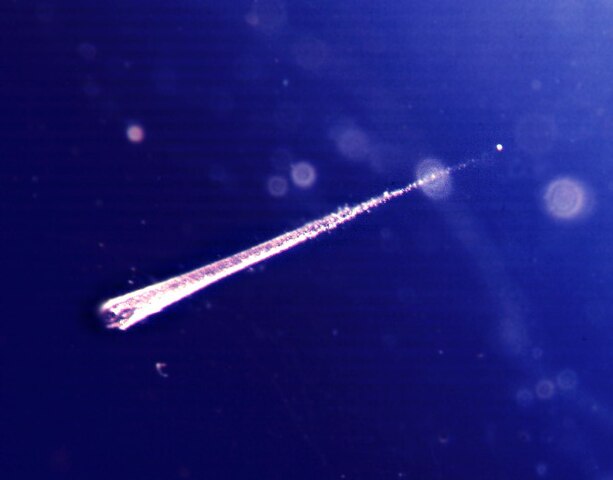Separating fact from fiction in UFO sightings is essential, as these events often generate a mix of genuine unexplained phenomena, misidentifications, and speculative claims. To understand the truth behind UFO sightings, it’s important to consider scientific investigation, skepticism, and critical thinking. Here’s how to approach the topic:
-
Collecting Data and Eyewitness Accounts:
- Begin by collecting as much data as possible about the UFO sighting. This includes eyewitness testimonies, photographs, videos, and any available physical evidence.
-
Consider Natural and Man-Made Explanations:
- UFO sightings should be evaluated for natural and man-made explanations. Many sightings can be attributed to common phenomena like meteors, aircraft, weather balloons, drones, or celestial objects. Investigate these possibilities thoroughly.

- UFO sightings should be evaluated for natural and man-made explanations. Many sightings can be attributed to common phenomena like meteors, aircraft, weather balloons, drones, or celestial objects. Investigate these possibilities thoroughly.
-
Analyze Credibility and Reliability:
- Assess the credibility and reliability of eyewitnesses. Consider factors such as their expertise in identifying aerial phenomena, the number of witnesses, and any potential biases.
-
Check for Confirmation:
- Look for multiple, independent reports of the same sighting. Corroborating accounts from different sources can add credibility to a UFO report.
-
Analyze Photographic and Video Evidence:
- Examine photographs and videos critically. Consider factors like image quality, possible hoaxes, lens artifacts, and the consistency of the visual evidence with eyewitness testimonies.
-
Review Radar and Instrumentation Data:
- If radar or instrumentation data are available, analyze them for anomalies that coincide with the reported UFO sighting. Such data can provide valuable insights.
-
Psychological and Sociological Factors:
- Be aware of psychological and sociological factors that can influence perception. Optical illusions, misperceptions, mass hysteria, and cultural influences can all contribute to the perception of UFOs.
-
Scientific Skepticism:
- Approach UFO claims with scientific skepticism. Extraordinary claims require extraordinary evidence. The scientific community generally remains cautious about attributing UFO sightings to extraterrestrial origins or advanced technology.
-
Investigate Historical Cases:
- Investigate historical UFO cases and examine records, declassified documents, and eyewitness testimonies from the past. This can provide context and historical perspective on the UFO phenomenon.
-
Government and Military Involvement:
- Consider the role of government and military agencies in UFO investigations. While some declassified documents are available, it’s important to acknowledge the potential for classified information and official secrecy.
-
Separate Fact from Speculation:
- Differentiate between verifiable facts and speculative claims. UFO sightings may generate a range of hypotheses, but it’s essential to focus on evidence-backed conclusions.
-
Ongoing Research:
- Recognize that UFO investigations are ongoing, and new sightings continue to be reported. Organizations like MUFON and scientific researchers are actively collecting data and conducting research.
In summary, the truth behind UFO sightings requires a balanced and scientific approach. While some cases may remain unexplained or defy easy categorization, the process of separating fact from fiction involves rigorous investigation, critical thinking, and a commitment to evidence-based conclusions.









